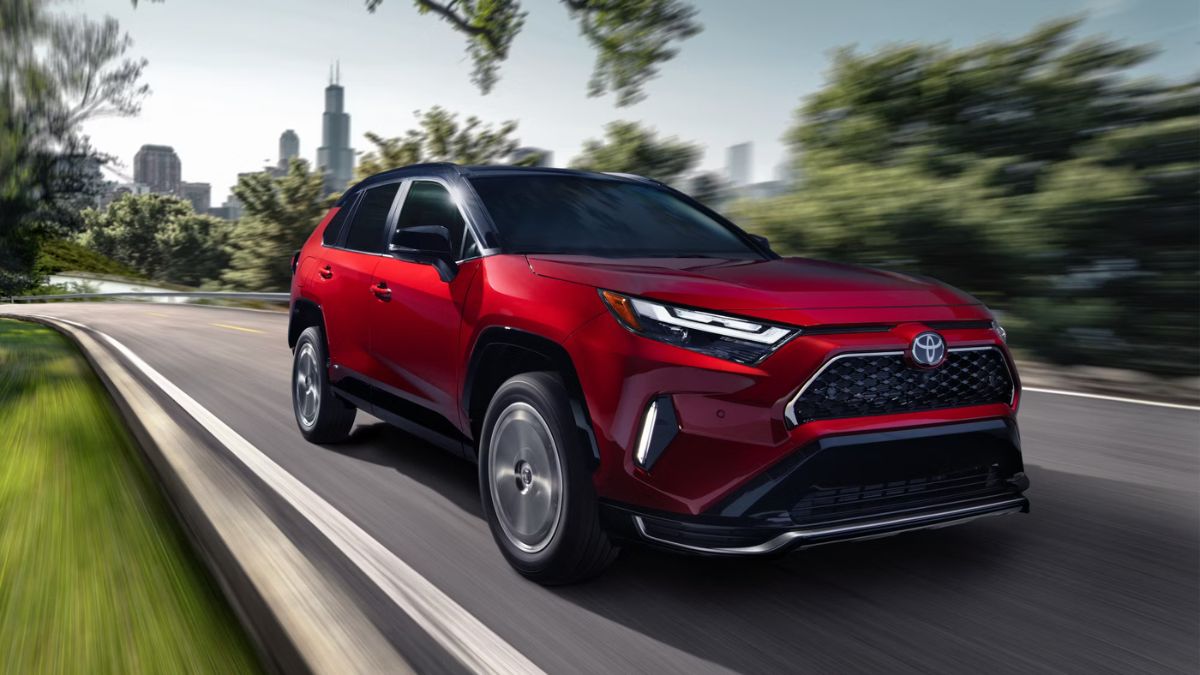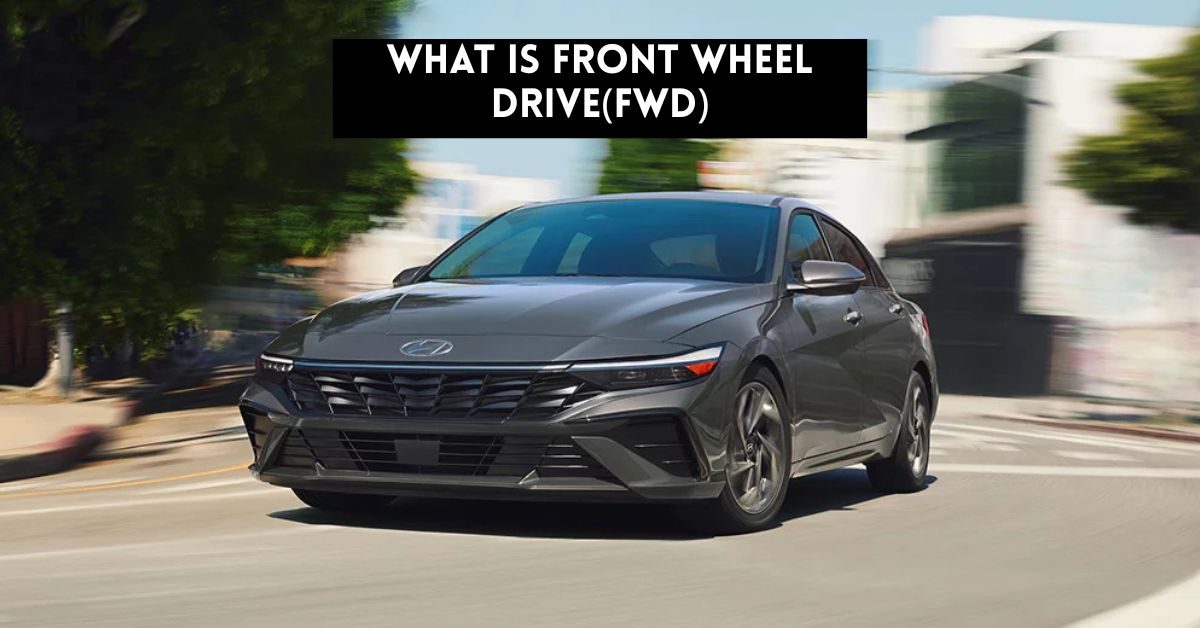Front-wheel drive (FWD) means the engine sends power only to the front wheels, which handle both steering and moving the car forward. This setup is very common in today’s cars, crossovers, and smaller SUVs around the world. FWD is popular because it offers good fuel efficiency, saves space inside the car, and provides stable, easy handling — perfect for daily drives and family use.
Front-Wheel Drive (FWD): How It Works
Front-wheel drive (FWD) works by sending power straight from the engine to the front wheels. In most cars, the engine is placed sideways, making it easy to connect to the transmission. A part called the differential, which is built into the same unit as the transmission (called a transaxle), splits the power between the two front wheels. The drive shafts connected to the wheels use special joints called CV joints, which help keep the power steady even when the wheels turn or go over bumps. This setup ensures a smooth and efficient drive in all conditions.
Front-Wheel Drive (FWD): Why It’s More Efficient
One of the biggest benefits of front-wheel drive (FWD) is its efficiency. Since the engine, transmission, and differential are all combined at the front of the car, there’s no need for a long driveshaft to power the rear wheels. This setup reduces energy loss, so more power goes directly to the wheels, improving fuel efficiency. It’s also less complicated mechanically, which means fewer parts, lower manufacturing costs, and more affordable prices for buyers.
More Space Inside the Car

Besides being efficient, front-wheel drive (FWD) also helps create more space inside the car. Without a driveshaft running down the middle, the cabin floor can stay flat, giving passengers — especially in the back seat — more legroom and comfort. It also makes the middle seat easier to sit in. Plus, since there’s no need for bulky parts like a rear axle or differential, the trunk is often bigger too. This extra space is a big advantage for families and anyone who wants a roomier, more practical car.
Safer and More Stable in Bad Weather
When it comes to driving, front-wheel drive (FWD) cars are known for being stable and easy to handle, especially in bad weather. Since the engine sits right above the front wheels, it adds extra weight to them, giving the tires better grip on the road. This is really helpful when driving on wet or lightly snowy roads because it reduces the chances of the wheels slipping. Also, when you speed up, FWD cars don’t lose as much grip in the front compared to rear-wheel drive cars, making them feel more secure and controlled.
Common Drawbacks to Know
Even though front-wheel drive (FWD) has many benefits, it does have some downsides. One common issue in powerful FWD cars is torque steer, where the steering wheel pulls to one side when you accelerate hard. This happens because the power isn’t always spread evenly between the front wheels. Modern cars have mostly fixed this with better suspension and electronic help, but it can still happen sometimes. Also, since the front wheels handle both steering and power, they can lose grip during sharp, fast turns, causing understeer — when the car keeps moving straight even though you’re trying to turn.
Front-Wheel Drive (FWD): A Practical Choice for Everyday Driving

Despite a few minor drawbacks, front-wheel drive (FWD) remains a smart and reliable option for everyday cars. It’s affordable, dependable, and offers great fuel efficiency. Plus, FWD vehicles usually have more interior space and good traction in different weather conditions, which is why so many people around the world prefer them. Knowing how front-wheel drive works helps you understand the clever design behind many of the cars we see and use every day.


